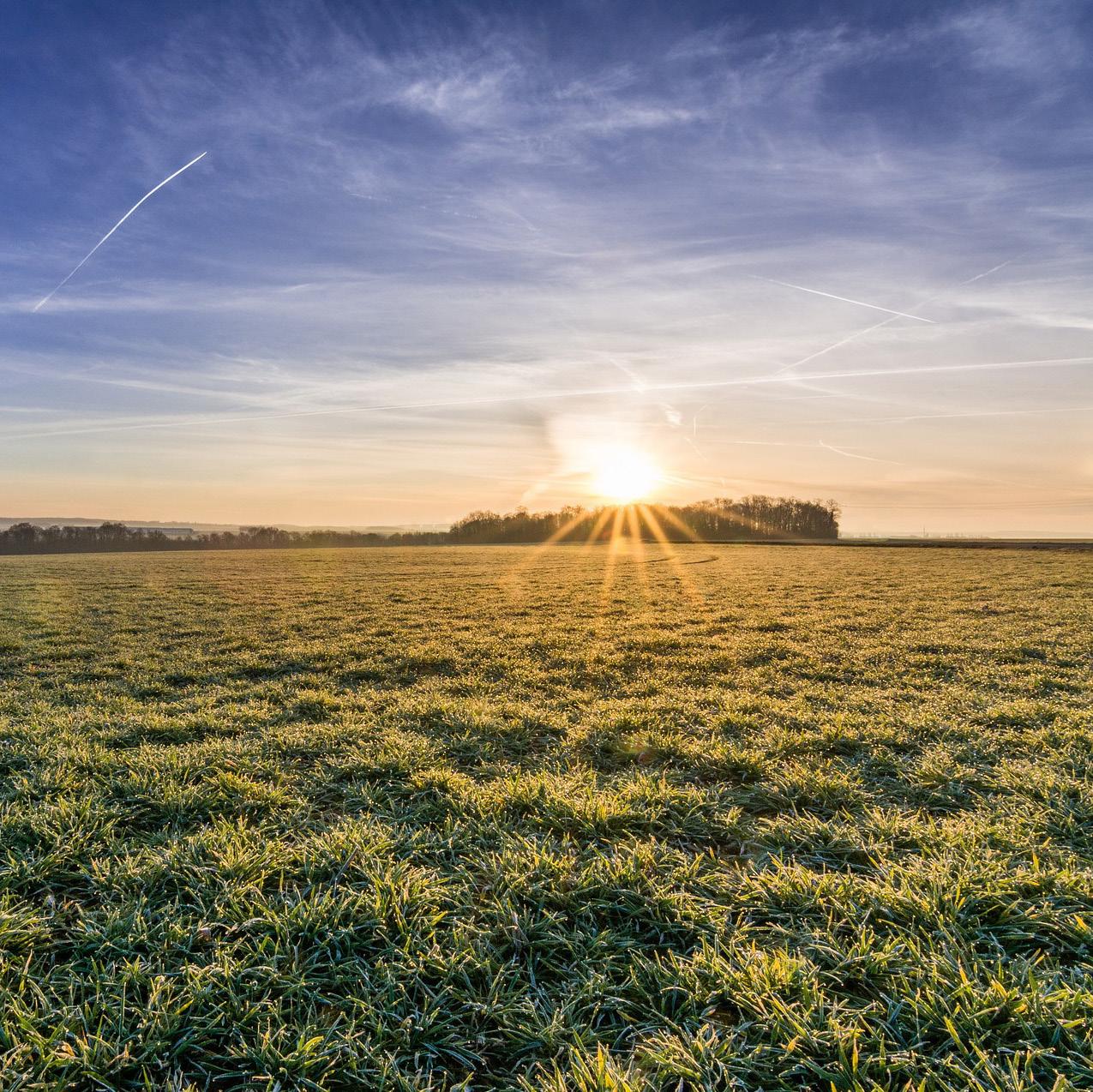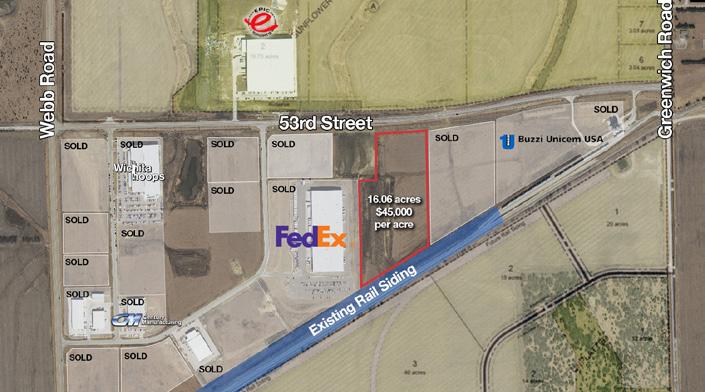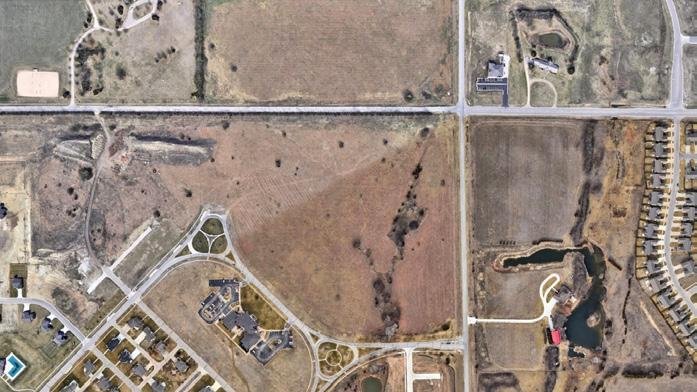2024 LAND REPORT





Overview
Per the survey of NAR and RLI professionals, overall land sales increased by approximately 1.2% in 2023. Over the last year, residential, industrial and recreational land has posted the strongest growth rate of 1.3-1.4%.
While the rate is slower than past performance, it marks resilience considering the challenging conditions including rising interest rates, increasing construction costs and lower home sales. 2022 was a banner year as transactions increased 6-10% across all property types. Not surprisingly, 57% of sales were agricultural and mostly located in the Midwest and upper Midwest.
In the Midwest, residential, ranch, recreation and irrigated ag land sales outperformed the country while development and industrial land underperformed. Commercial land sales were pretty much on par with the U.S. The top land markets remain in the west and southern states of California, Texas, Georgia and Florida, followed by Colorado and Arizona.
Land prices remain on the upswing. Residential land sales averaged $13,000 per acre in the Midwest, increasing to $200,000 per acre in the northeast and $24-28,000 per acre in the southeast and west. Overall, prices rose by an average of 1.9%. Timber, residential and industrial increased from 1.9% to 2.9%.
Agricultural Market
The U.S. farmland market has remained remarkedly resilient for the last several decades. Nationally, net farm income is expected to decline 20% in 2023 year but remains well above the 10-year average. Lower commodity prices, higher input/production costs and lower government payments all have had an adverse effect. Total farm debt increased 5% in 2023 with debt payments historically high, particularly for those with short term financing solutions.
Overall farm equity increased by almost 7%. Farmland values increased 7.5% over the last year; an average of $220/acre. Production expenses are expected to increase by 3.5% this year with a looming negative trade balance forecasted by the USDA. Both putting pressure on values. 2024 appears to be fairly similar to 2023 in that the U.S. land values aren’t likely to see any major appreciation or depreciation this year.

Economic conditions in U.S. agriculture have softened notably from a year ago alongside much higher financing costs. Commodity markets and weather are among the most unpredictable variables affecting farmers’ bottom line in 2024. Conditions have tightened notably since last year. Interest expenses are an ongoing headwind, even though they have stabilized, with some risk associated with loan repricing.















